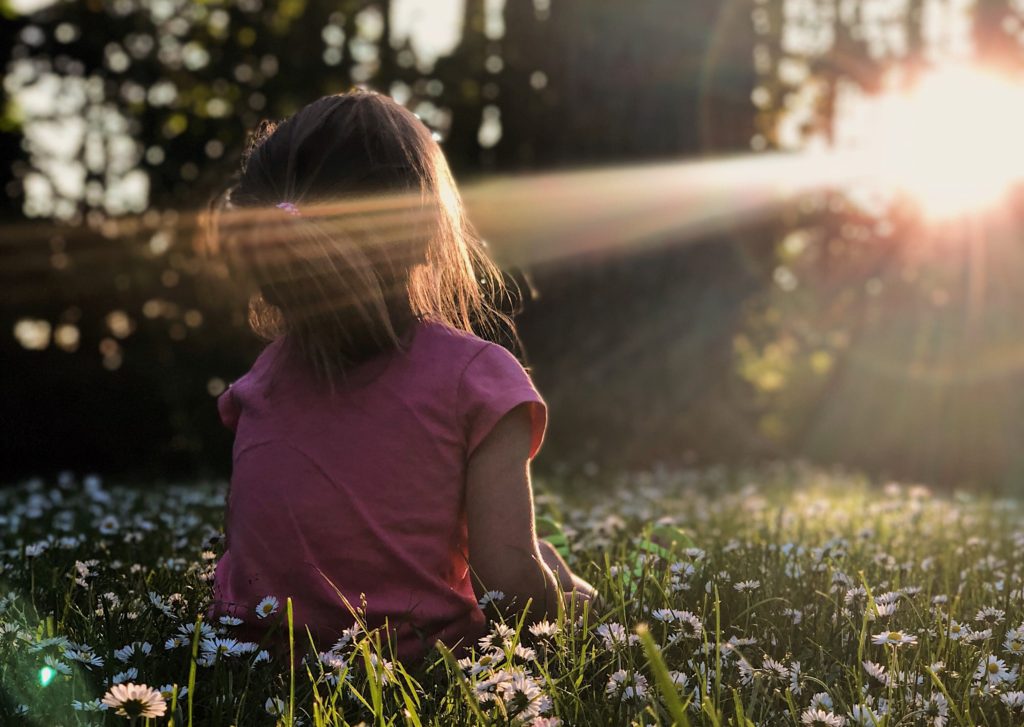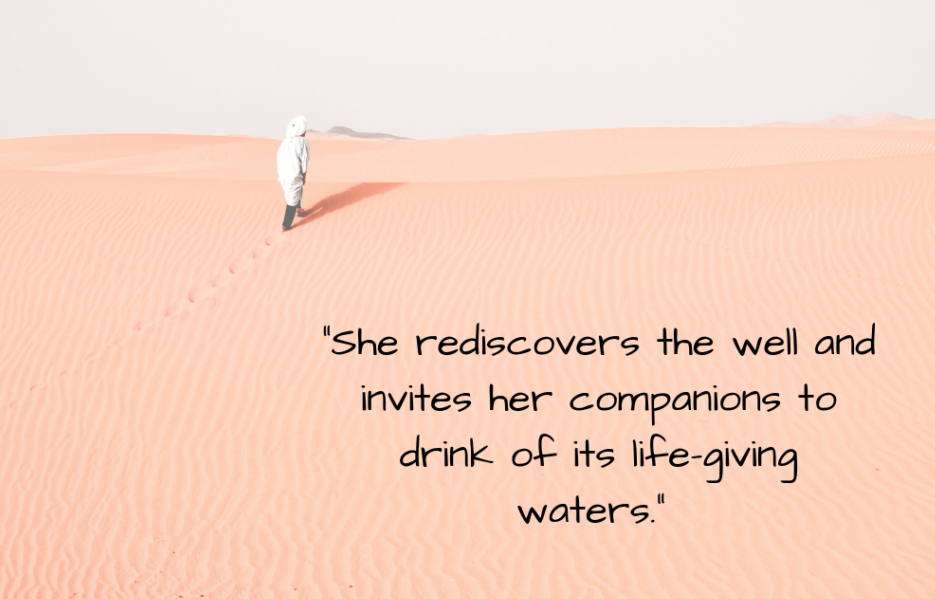There’s a hidden creek in the Cascades west of Bend that we call “Fairy Moss Creek.” I spent an hour there a couple of days ago, in the company of an American Dipper. (Dippers, also called Water Ouzels, are North America’s only aquatic songbird.)
This dipper’s right leg appears to be useless. She drags it along behind her over moss-covered rocks and through the water as she goes about her dipper business.
The rills aggregating to form Fairy Moss Creek appear out of bare rock just a little way upstream from the downed log on which I’m sitting. An additional creeklet appears to erupt from the top of the ridge across from me, then bubbles down the ridge to join the main stem. It’s up this branch that our dipper moves, hopping from rock to rock, sticking her head into pools and under tiny waterfalls, evidently finding plenty to eat. She’s in no hurry, moving steadily up and up and up, dragging that useless leg behind her. No drama. No angst. Just whole-hearted dipper.
I hear her say that injured things can thrive. Hurt beings can be strong. Imperfect creatures have every right to nutrient-rich habitat. She tells me she’s whole, in spite of her injury. She tells me I’m whole, too.
Fairy Moss Creek is magical. This dipper is a shaman. And I am a mystic.
The world talks to me on the regular, as it does to all nature mystics.
September 17th is the feast of Hildegard of Bingen, hands down my favorite saint. Hildegard, who lived in the 12th century, was the Queen of Both/And. She was an abbess of a monastery in Bingen in the German Rhineland. She was a healer and theologian. She was an herbalist, a painter, and a writer. She instructed popes while writing music. And that’s just for starters. Hildegard was many things, some of them seemingly contradictory.
I think I admire Hildegard because I have seemingly contradictory parts, too. There’s the left-brained analytical biologist who geeks out on geology, botany, ornithology, and the intricacies of watersheds. And there’s the right-brained intuitive who loves art and poetry and healing, and who receives dipper messages.
For the longest time, I’ve believed I needed to choose between these two worlds. As a kid, I was told that the intuitive me who knew stuff about people, loved narrative and color, and talked to the trees wasn’t practical. That I needed to give her up in order to make my way in the world. That the part of me that would be useful to others and would make my living is the orderly, fact-based part. That we’d all be happier if I would just get over myself, accept the loss of my kaleidoscope life, and settle for black and white.
I’ve found a little “both/and” air to breathe occasionally, while mostly drowning in my inability to choose. My master’s degree is a Both/And: Conservation Biology and Communication. My coach training is Both/And: scientifically rigorous and firmly rooted in the mystical. (Martha Beck, who developed Wayfinder Life Coach Training, is sociologist with a doctorate from Harvard and one of the most mystical women you’ll ever meet.
Like Hildegard, I’m a biologist and a poet, a science nerd and an intuitive, a healer and a theologian. I contain multitudes. And I refuse to accept the culture’s message that I need to choose.
I know there’s more to this world than meets the eye. I believe in that deep womb-heart I felt on the Camino. I get messages all the damn time from rivers and rocks and birds. That I can also tell you the story of the basalt rock we’re sitting on at the time, identify the bird you’re hearing in the trees (and the trees), regale you with interesting facts about that bird, and tell you where the river’s headwaters are, only adds to my joy. I hope it adds to yours, too.
I’m claiming my both/and life. I’m choosing my integrity and wholeness, and to hell with the culture that says I can’t have both.
PS. Interested in more about Hildegard? The Abbey of the Arts is offering a retreat on Hildegard’s feast day. Here’s more information.







